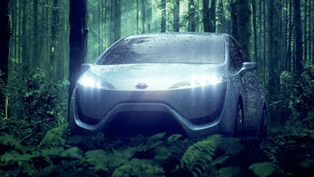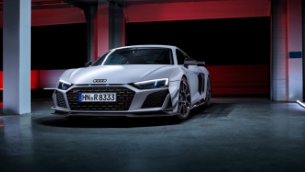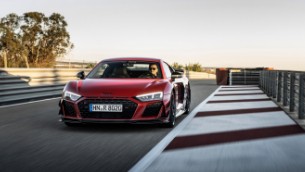Front Wheel Drive vs. Rear Wheel Drive
It is very difficult to say which is better between a front wheel drive (FWD) and a rear wheel drive (RWD). The conception is quite different. Actually, both have nothing in common in road behavior. When you get at the limit of your car, the pros and cons appear the most.
The FWD is famous with its understeer, while the RWD with its oversteer. Both understeer and oversteer are quite shocking in everyday or normal driving conditions and should be avoided. Often the electronic safety systems take care for this, but some old cars do not have them and even in a brand new one, there is always a possibility to get yourself in trouble.
Simply put, understeer is when the car does not turn enough and leaves the road in straight line and the over steer is when the car turns sharper than intended and could get into a spin. For experienced drivers managing with oversteer is easier, because it is more predictable, especially when the car is equipped with limited slip differential (LSD). If the car goes understeering just release the throttle and apply some brakes, if needed. If the car goes oversteering you have two options. First is to powerslide the corner, if the car has enough power and the second option is the same like the understeering situation. Powersliding is extremely hard and should be done only at the racetrack and never on public roads. In a few words, it means to apply the throttle in a turn enough to make the rear wheels break traction and slide out. All this is made with a proper countersteering.
Other very important thing is that the RWD has a lot more losses in power compared to the FWD mainly because of the more moving parts. The FWD layout is engine -> clutch -> gearbox -> differential -> axle shafts and the RWD layout is engine -> clutch -> gearbox -> joint -> driveshaft -> joint -> differential -> axle shafts. As you see, the torque should "go" more way to reach the rear tires, instead of reaching the front. Again, simply written is that you lose about 12% of your engine power, if you have FWD car and about 15%, if the car is RWD. That's why you will see the notion – wheel horse power – WHP. For example often a 150HP FWD car is a lot faster than a 150HP RWD car because the second has a lot more losses in power through the drivetrain.
Obviously the RWD cars are very fun to drive, because each axle has to do its own task – front to steer and rear to power. The FWD cars are safer for beginner drivers, especially in low traction conditions (rain or snow). They are also more economical, because they put more power on the road and often are lighter. Other important thing is that the manufacturers can't make very small RWD cars or they shouldn't because they are very unstable.
So, next time you are seeking a new car be sure what you are searching for.
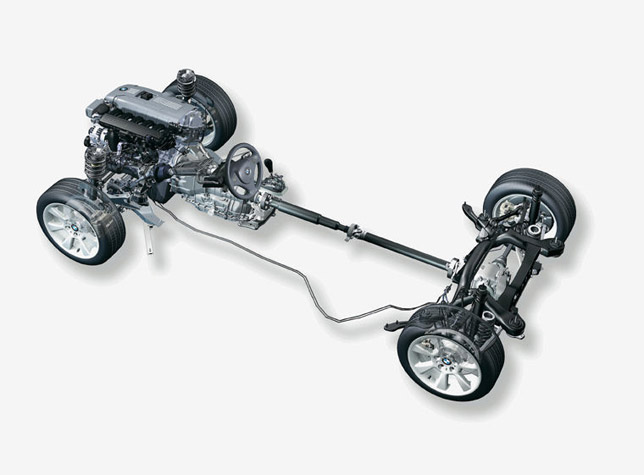
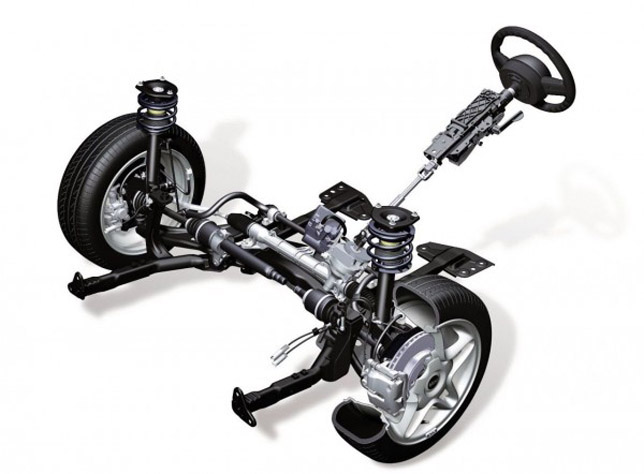
![Drag Racing - Times and Power [part 1]](http://www.automobilesreview.com/uploads/2012/03/porsche-drag-big.jpg)
![Drag Racing – Times and Power [part 2]](http://www.automobilesreview.com/uploads/2012/03/bugatti-drag-big.jpg)
